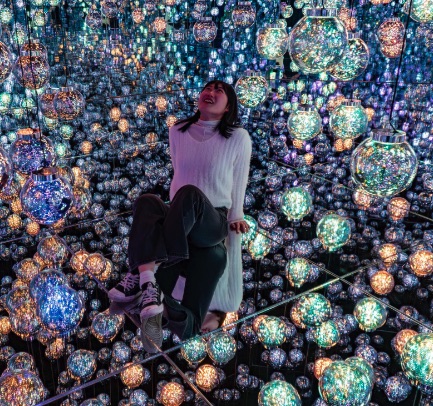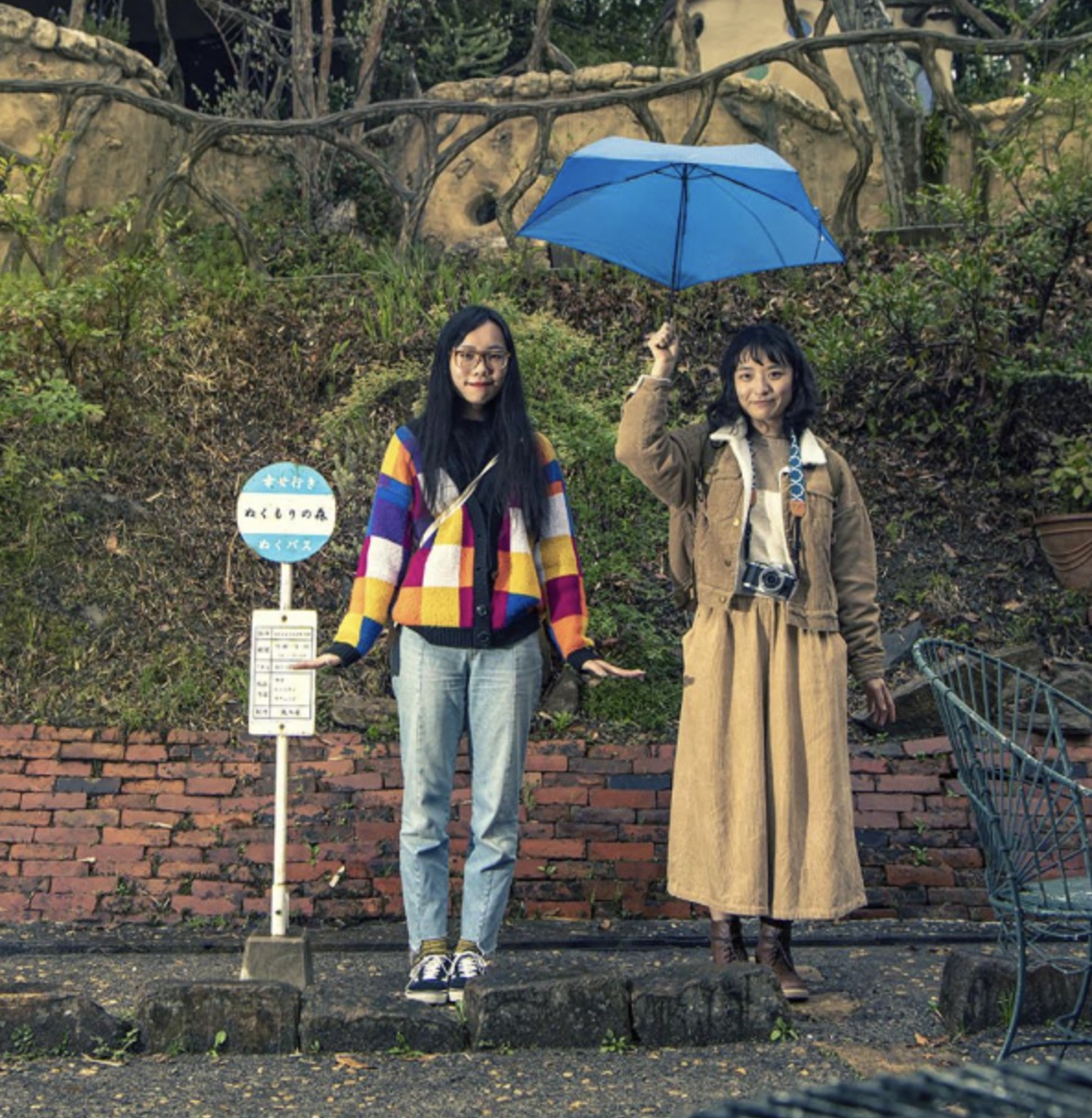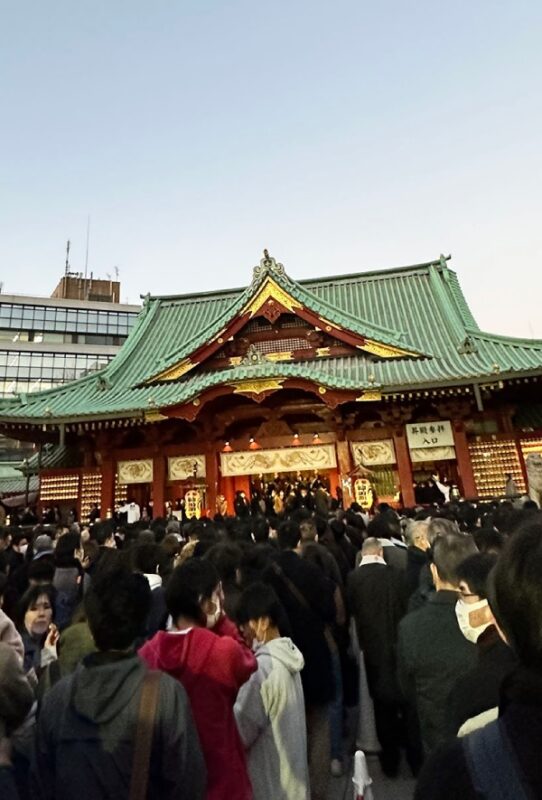
CONTENTS
This comfortable Kanazawa hotel is not only in a convenient location for seeing the city’s sights, its remarkable amenities will make you want to stay an extra day or two. An elegantly colorful enclave in a city glittering with gold, the reasonable rates make the convenient hotel lounge, offering tasty treats and local cultural workshops throughout the day, a little hard to believe. Intergate Hotel Kanazawa makes a great base while you visit Kenrokuen, Omicho Market, Higashi and Nishi Chaya-gai, and the nearby Ninja Temple! Read on to see exactly why it’s such a highly recommended Kanazawa hotel.
A Fresh New Kanazawa Hotel with a Vibrant Look
If you've ever looked up Kanazawa, the first thing you might learn is that it has a long history in association with gold (and the city still produces 99% of Japan's gold leaf). The name Kanazawa (金沢) even means "marsh of gold," and Hotel Intergate Kanazawa is like many Kanazawa buildings, decorated with small glints of gold in honor of the region's history. The main theme to the hotel's design, however, is perhaps a more interesting cultural aspect of the area: Kaga Gosai (加賀五彩), or the five Kaga colors.
Within Japan, Kanazawa is known as a hotspot for carefully crafted artisan goods, and one of the crafts that originates from the area is a special kind of fabric painting called Kaga Yuzen. The beautiful cloth made with this technique is colored using five distinct colors (indigo, crimson, ocher, dark green, and royal purple), called the Kaga Gosai. The five Kaga colors now symbolize the region and its cultural traditions, which is why Hotel Intergate Kanazawa decided to embrace the surrounding area and incorporate the five hues all over the hotel interior. It's actually pretty fun to keep an eye out as you walk through the building, seeing all the places they chose to use gold leaf, and where they snuck in more of the Kaga Gosai instead. (Look out for the hexagons, too! Turtles are represented by hexagonal shapes in Japan, and as animals that spend most of their lives in the water, they act as a sort of preventative charm against fire in Kanazawa.)
You'll see a large wall installation across from the elevators – but don't think it's just some nice decoration. Hidden in the art you'll see more glimpses of the five Kaga colors, and more importantly, you'll find a small but ever-changing library alongside. The books are an interesting collection of tomes on Japanese culture and local topics, with lots of gorgeous pictures and illustrations, and even some English. Just ask the staff, and you're free to borrow the books and browse through them in the lounge or your room.
Address: 2-5 Takaokacho, Kanazawa City, Ishikawa
Phone: +81-76-260-7200
Official Website
A Lounge to Spend Some Time in
Hotel Intergate Kanazawa offers a variety of rooms, from simple, clean affairs to more luxe suites, but all of them give you a chance to enjoy their lounge (and the many benefits it offers) for no additional cost. Aside from breakfast, the drinks and snacks offered in this comfortable room are all complimentary, and you can even experience a little bit of local culture there as well with mini-workshops!
Whether you're traveling with family and everyone needs a short break, you and your travel buddy are looking for a space to sit and plan the rest of your trip, or you want a nice evening in with a special someone, this hotel lounge makes for a great place to spend some time. It's set up like a bright and welcoming cafe, complete with plentiful power outlets and wifi, making it easy to feel right at home.
6:00 to 7:00 | Early Morning Coffee & Smoothies
Perfect for early-risers, Hotel Intergate Kanazawa offers complimentary coffee and smoothies from 6:00 in the morning, before most Japanese coffee shops are even open. Each cup of pour-over coffee is made one at a time, using beans from a local producer Dart Coffee, a Kanazawa coffee brand. Sit down and browse the day's news, or get a cup of coffee to go, and start exploring the area bright and early.
If caffeine isn't your thing, they also offer fresh smoothies, made with apples, strawberries, and carrots for flavor, and a selection of local veggies for extra nutrition.
7:00 to 10:30 (L.O. 10:00) | A Vegetable-Filled International Breakfast
with Kanazawa Flair
The breakfast buffet at Hotel Intergate Kanazawa may not be complimentary, but it's such a delicious way to start the day, it's worth the fee. They've got all the basics to satisfy picky eaters: eggs, sausage, fruit, bread, and light, flakey pastries (with orange butter!), plus coffee, tea, and a variety of fruit juices. All that in addition to Japanese breakfast staples: rice, miso soup, grilled fish, and a huge variety of vegetable dishes, made with local produce.
They've got some more intriguing options as well. Feeling a little bit of a chill? Warm right up with a cup of the hotel's original minestrone-style soup, made unique with a touch of miso and a kick of something spicy. (Plus, on weekends and holidays you can sip sparkling wine with breakfast!)
10:30 to 21:00 | All-Day Coffee & Drinks
Like to sleep in a little? Don't worry, the coffee will still be there fresh and ready when you get up! Complimentary coffee, tea, and fruit juices are all freely available in the lounge throughout the day. We weren't kidding when we said it feels like sitting in a cafe!
15:00 to 21:00 | Tea Time + The Honey Buffet
When you're having a busy day seeing the sights of Kanazawa, a light afternoon snack just about hits the spot, doesn't it? Take a reviving break back at the hotel, where they lay out a daily spread, letting you sample a number of different naturally flavored honeys. Full of dried fruit or nuts, or infused with herbs like thyme or rosemary, there's a honey to please any sweet tooth. Try the honey on yogurt, a slice of french bread, crackers, or even a handful of popcorn! If it's all a little sweet, you can always grab a cup of coffee.
17:00 to 19:00 | Happy Hour
If you can't quite find the perfect wine bar in Kanazawa, Hotel Intergate Kanazawa's happy hour was made for you. For a couple hours every evening, the lounge transforms into a relaxed space perfect for sitting back and sipping a few drinks. Red and white wines are set out for enjoyment, and a trip to the counter will get you a freshly made cocktail of the day (usually something refreshing made with jenever or yogurt liqueur and a fruity syrup, like pear or passionfruit)! Aside from these complimentary options, they've also got a great choice for craft beer lovers, who can pick up a bottle of local Kanazawa brew at the counter.
21:00 to 23:00 | A Nighttime Snack (Or a Light Meal!)
Ochazuke is a traditional Japanese dish made by topping rice with vegetables and fish, and finishing everything with a generous pour of broth originally made from a base of green tea. Now the broth is often a simple Japanese "dashi", but it's a meal that deserves far more international attention than it gets, as the underrated bowl makes a perfect, healthy (but still surprisingly delicious) end to a night out. It's also a great meal for those who just want a light dinner (perhaps for lunch you tried a big dish of Kanazawa's famous curry?). For guests at Hotel Intergate Kanazawa, an ochazuke buffet is set up every night, letting guests customize their own rice bowl by laying on the toppings, or keeping things simple, as they wish.
Jazz things up Kanazawa-style by switching up your broth of choice. The hotel offers standard broth, alongside a broth made using local Kaga Boucha tea. Kaga Boucha is a special variety of houjicha (roasted green tea), made with the tea plant's stems instead of the leaves.
・Traditional Kanazawa Craft Workshops・
Kaga Hachiman Okiagari Doll Workshop
15:00 – 20:00
1,100 yen
Kaga Hachiman Okiagari dolls aren't the only craft experience available! On certain days of the month you can try painting Kokeshi dolls instead, but Mizuhiki workshops are also available on any day. Mizuhiki is a craft where you arrange Japanese cord in knots and rosettes, finishing with an elegant Kanazawa design. It's a little more finicky than the free-form painting of the dolls, but the results are rewarding.
Mizuhiki Workshop
15:00 – 20:00
1,210~ yen
The Hotel’s Rooms + The Large Communal Bath
The hotel has some wonderful suites, full of local Kanazawa luxuries and gold-tinted charm, but Hotel Intergate Kanazawa is also perfect for the average traveler who wants a stylish and reasonable room, along with access to the hotel's great amenities. No matter which kind of room you end up in, there are subtle touches that add a little fun to all of them. As an extremely new hotel, opened in just March 2019, all the rooms have handy switches for convenient little lights all over the space. Want a subtle glow coming from beneath the beds at night? You got it! Plus, look at the headboards for the beds, and you'll see that the design resembles traditional Japanese stonework, connecting the hotel to the city's past.
Hotel Intergate Kanazawa offers a number of basic rooms, varying slightly in size and number of beds, so as to comfortably accommodate travelers of all kinds. In Japan, a country where affordable rooms often mean cramped quarters and little space to move around, Hotel Intergate Kanazawa makes enough room to spread out a little. Even the smallest rooms provide chairs or sofas to plop down in at the end of the day.
Traveling couples might like staying in a Standard Double room, with roomy beds stretching 160 cm (63 in) across. Friends might like a stay in the Superior Twin or perhaps the Superior Triple, which sleeps three. Look out for a Corner Twin if you want especially bright and sunny mornings when you open the curtains!
All the rooms come with the conveniences you'd expect, like toiletries and tea (with an electric kettle to boil the water). If there's anything you forgot at home, you can always ask the front desk to point you in the right direction!
Don't worry about charging your devices, though. If you forgot your cord, they've got you covered! Just look for a little fabric pouch filled with handy cables, near the TV or inside a drawer.
For a little bit of luxury, you can always stay in the hotel's Junior Suite. Of course it's a popular room for romantic getaways, but it's also set up to work well for families or groups of friends. It's made to sleep up to three adults, so it might just be the room for your next girls' weekend, or trip with the boys. Everyone can enjoy the extra-fancy local tea and coffee offerings, luxe toiletries, and special shower/tub set up, plus in the evening the bluetooth speakers and smartphone-TV connectivity mean you can pull up netflix and have a movie night whenever you want!
The Junior Suite's a level up, with high-end cosmetics, sleek modern hairdryers, and an LG Styler, a cabinet-shaped clothing steamer. By the time you leave the room, you'll be looking good and you'll feel on top of the world.
If the problem is less wrinkles in your clothes and more a lack of clean duds, you can always pop down to the laundry room and throw in a couple coins to get your things clean in no time!
The Daiyokujo (大浴場), or Large Communal Bath
While you wait for your clothes to get clean, or really any time, you can also luxuriate in the hotel's communal bath. Even if the thought of a shared bath makes you nervous, we encourage you to try taking a dip – the extravagance of a large Japanese bath is truly relaxing. It's like a huge hot tub, except the water is kept sparkling clean. Admire the tiled local mural while you soak away all the fatigue of travel!
Unfortunately, like many public baths in Japan, this one is off-limits to heavily tattooed guests. If you just have some small pieces that can be easily covered, however, you're welcome to take a dip (you can even get a bandaid-like tattoo cover from the front desk).
Communal Bath Hours:
Morning: 6:00 to 10:00
Evening: 15:00 to 1:00 at night
Explore Kanazawa!
All excited to start planning your trip to Kanazawa, but not sure where to go or what to see? Well the hotel is in a pretty convenient location, not far from the big sights of the city, so read on to find out just a little more about what those are. It's time for Kanazawa Travel 101!
Kenrokuen (兼六園) is called one of the Three Great Gardens of Japan, a beautifully sculpted green space once a part of neighboring Kanazawa Castle's outer garden. These days it's an even more popular destination than the next-door fortress, thanks to the gorgeous centuries-old architecture surrounded by carefully maintained plant life. We liked watching the koi fish in the pond getting fed by a garden caretaker, but the must-see at Kenrokuen is the Kotoji-toro, a stone lantern emblematic of the park (also seen in Hotel Intergate Kanazawa's logo)!
Once an area home to Kanazawa's geisha, the Higashi Chaya-gai (東茶屋街), Nishi Chaya-gai (西茶屋街), and Kazue-machi Chaya (主計町茶屋) are still replete with traditional buildings and culture. It's easy to lose yourself wandering down the stone-paved streets, stopping into shops selling sweets and souvenirs, and more items coated in gold leaf than you could ever want! Don't miss the gold leaf desserts, or the amanatto (甘納豆, sweetened boiled beans) sellers in Nishi Chaya–gai.
Definitely check out the picturesque steps in Kazue-machi Chaya.
And don't forget to look around Higashi Chaya-gai to see some impressive gold leaf at work!
When we asked the hotel staff for sightseeing recommendations, they gave us a great list of places for travelers of all kinds. One of those was just a short walk from Hotel Intergate Kanazawa, Omicho Market (近江町市場)! The food market has been Kanazawa's largest since the Edo Period. Kanazawa is and has always been famous for amazing fresh seafood, so a trip to the market is a fun chance to see some impressive ingredients and prepared food for sale.
The 21st Century Museum of Contemporary Art (金沢21世紀美術館) is also a popular destination with visitors, as it offers plenty of cool-looking art and great photo-ops. If you've ever seen pictures of crowds standing at the bottom of a swimming pool – this is where those came from! For those more musically inclined, there's also the Kanazawa Phonograph Museum (金沢蓄音器館), where you can listen to some of the world's earliest sound recordings.
If you're less interested in the tea districts' geisha and more into the nobility they entertained, you might like a visit to the Nagamachi Bukeyashiki (長町武家屋敷) where Kanazawa's samurai once resided. The neighborhood is full of preserved samurai homes, where you can still check out the unique building style. Kanazawa even has something for ninja-lovers, with Myoryuji Temple (妙立寺), nicknamed the Ninja Temple. While it has no official connection with real ninja, it earned its nickname thanks to a fascinating web of secret escape routes strewn throughout the temple grounds.
Details
NAME:Hotel Intergate Kanazawa
MAP
ACCESS:Minamicho, Oyama Shrine Bus Stop
CONTACT TEL:+81-76-260-7200
CONTACT EMAIL:intergatekanazawa@granvista.co.jp
COMMENT
FEATURED MEDIA
VIEW MOREMAP OF JAPAN
SEARCH BY REGION

LATEST
VIEW MOREEVENT CALENDAR
VIEW MOREMOST POPULAR
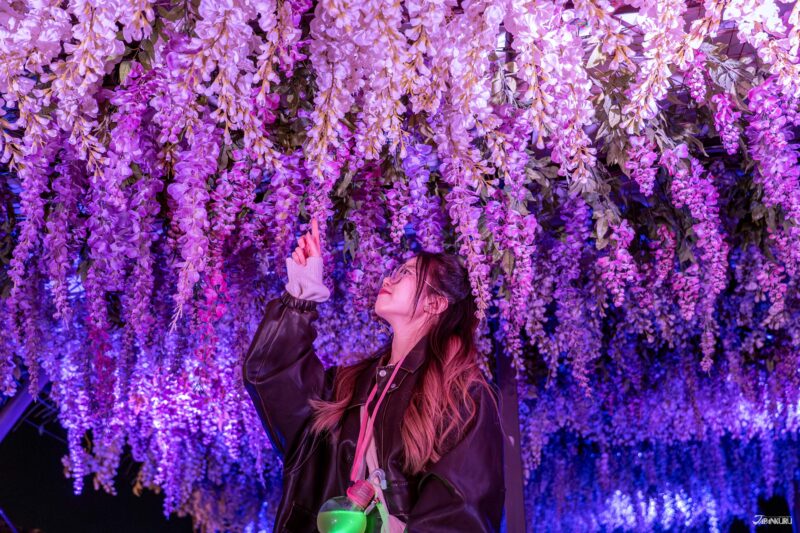 Tokyo Winter Recommendation: Don’t Miss Tokyo Mega Illumination, Japan’s #1 Light Show
Tokyo Winter Recommendation: Don’t Miss Tokyo Mega Illumination, Japan’s #1 Light Show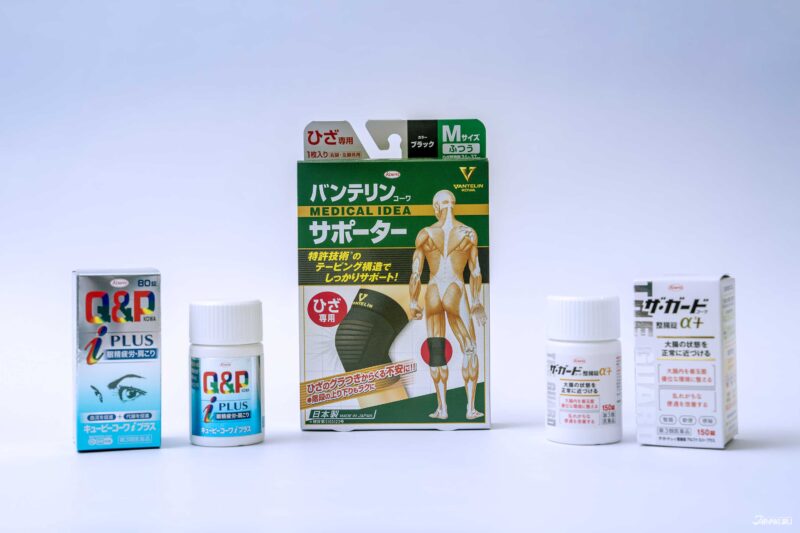 ป้ายยาสินค้าน่าซื้อในร้านขายยาญี่ปุ่น | KOWA ผลิตภัณฑ์เพื่อสุขภาพสำหรับคนยุคใหม่
ป้ายยาสินค้าน่าซื้อในร้านขายยาญี่ปุ่น | KOWA ผลิตภัณฑ์เพื่อสุขภาพสำหรับคนยุคใหม่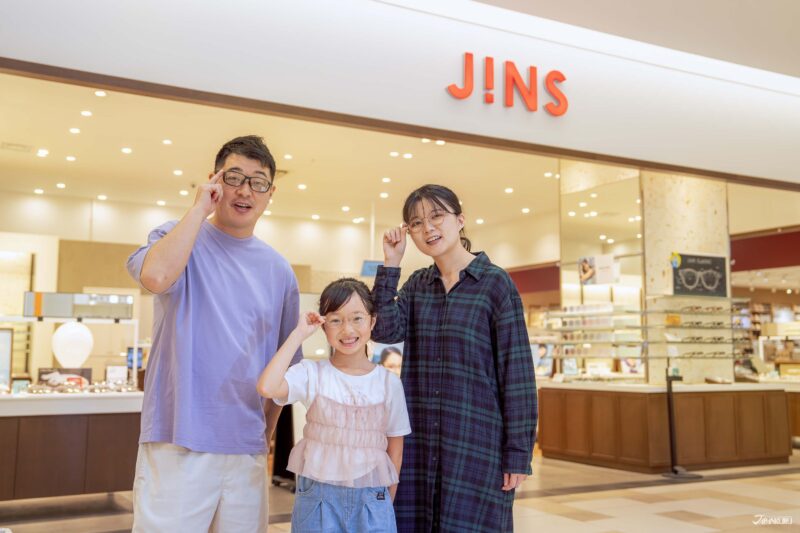 Okinawa Family Road Trip: Japanese Glasses Shopping at San-A Urasoe West Coast PARCO CITY, Discount Coupons, & Okinawa Sightseeing with JINS
Okinawa Family Road Trip: Japanese Glasses Shopping at San-A Urasoe West Coast PARCO CITY, Discount Coupons, & Okinawa Sightseeing with JINS





























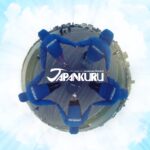



 >> Find out more at Japankuru.com! (link in bio)
#
>> Find out more at Japankuru.com! (link in bio)
#





 The Robot Restaurant is gone, but the Samurai Restaurant is here to take its place. Check it out, and don't forget your coupon!
The Robot Restaurant is gone, but the Samurai Restaurant is here to take its place. Check it out, and don't forget your coupon!
 신주쿠의 명소 로봇 레스토랑이 사무라이 레스토랑으로 부활! 절찬 쿠폰 발급중
신주쿠의 명소 로봇 레스토랑이 사무라이 레스토랑으로 부활! 절찬 쿠폰 발급중
 18歲以上才能入場的歌舞秀,和你想的不一樣!拿好優惠券去看看~
#tokyo #shinjuku #samurairestaurant #robotrestaurant #tokyotrip #도쿄여행 #신주쿠 #사무라이레스토랑 #이색체험 #할인이벤트 #歌舞伎町 #東京景點 #武士餐廳 #日本表演 #日本文化體驗 #japankuru #japantrip #japantravel #japanlovers #japan_of_insta
18歲以上才能入場的歌舞秀,和你想的不一樣!拿好優惠券去看看~
#tokyo #shinjuku #samurairestaurant #robotrestaurant #tokyotrip #도쿄여행 #신주쿠 #사무라이레스토랑 #이색체험 #할인이벤트 #歌舞伎町 #東京景點 #武士餐廳 #日本表演 #日本文化體驗 #japankuru #japantrip #japantravel #japanlovers #japan_of_insta
 코지마 x 빅 카메라 쿠폰으로 일본 가전 제품 쇼핑하기
#pr #japankuru #japanshopping #kojima #biccamera #japaneseskincare #yaman #dji #osmopocket3 #skincaredevice #日本購物 #美容儀 #相機 #雅萌 #日本家電 #일본여행 #면세 #여행꿀팁 #일본쇼핑리스트 #쿠폰 #일본쇼핑 #일본브랜드 #할인 #코지마 #빅카메라 #japankurucoupon
코지마 x 빅 카메라 쿠폰으로 일본 가전 제품 쇼핑하기
#pr #japankuru #japanshopping #kojima #biccamera #japaneseskincare #yaman #dji #osmopocket3 #skincaredevice #日本購物 #美容儀 #相機 #雅萌 #日本家電 #일본여행 #면세 #여행꿀팁 #일본쇼핑리스트 #쿠폰 #일본쇼핑 #일본브랜드 #할인 #코지마 #빅카메라 #japankurucoupon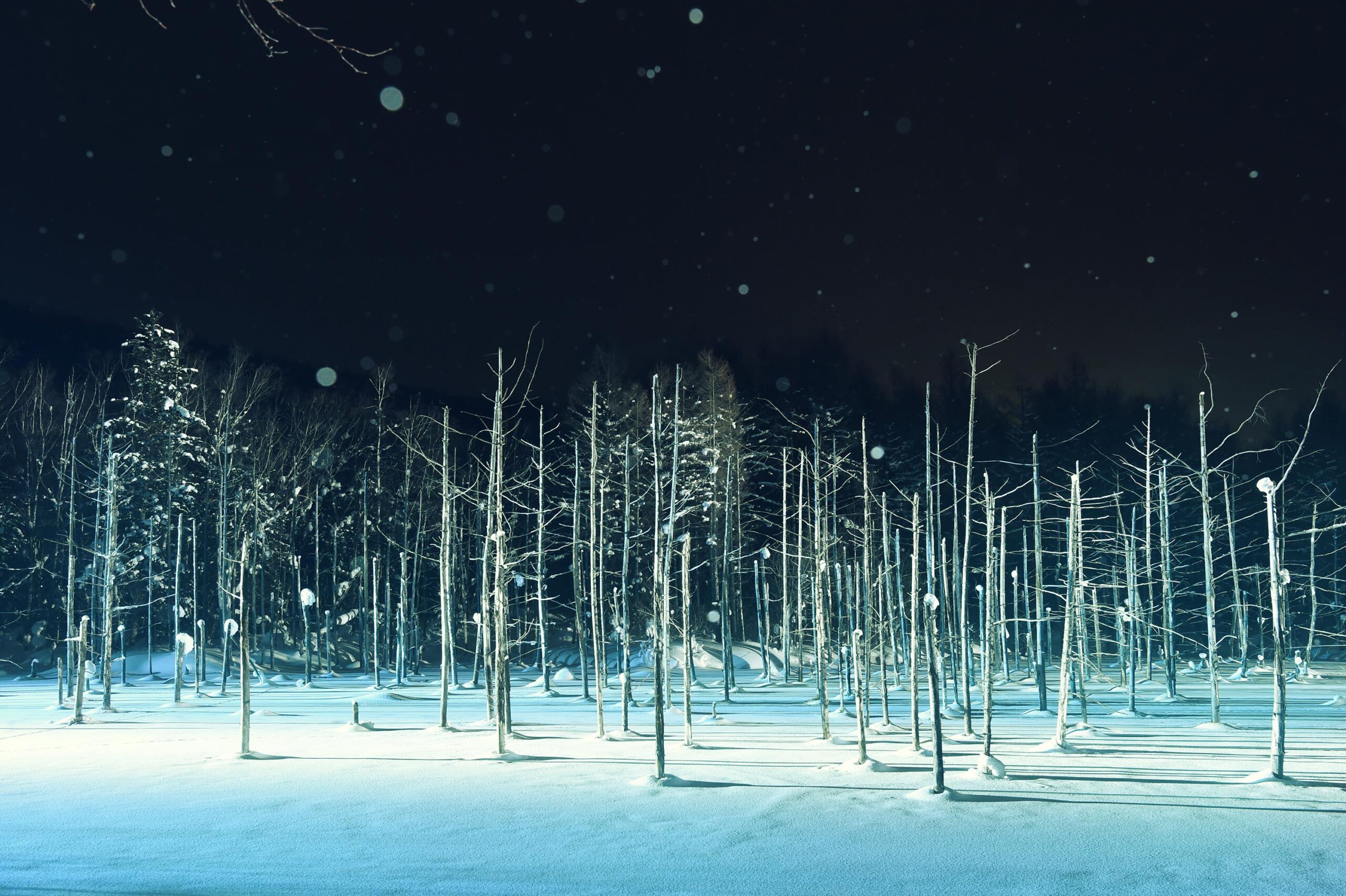
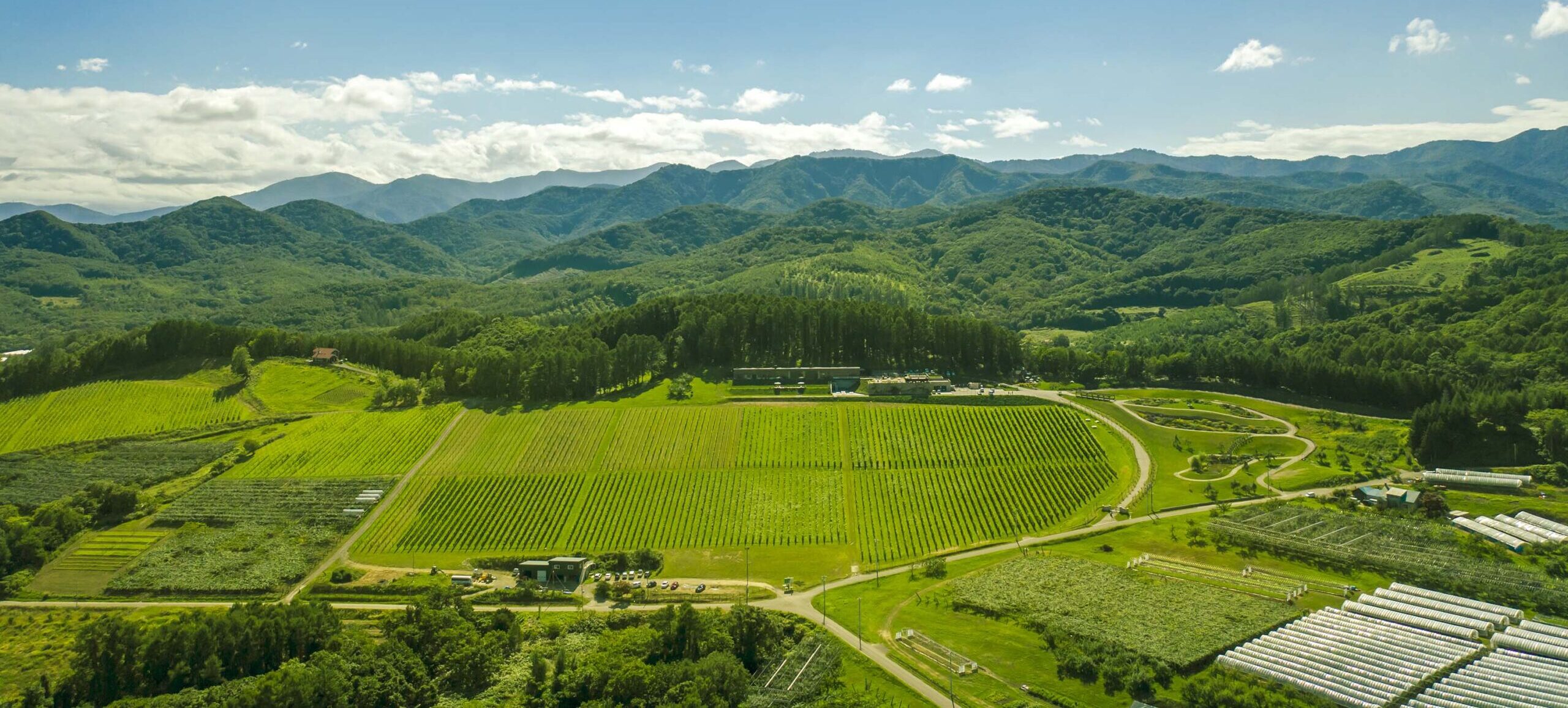
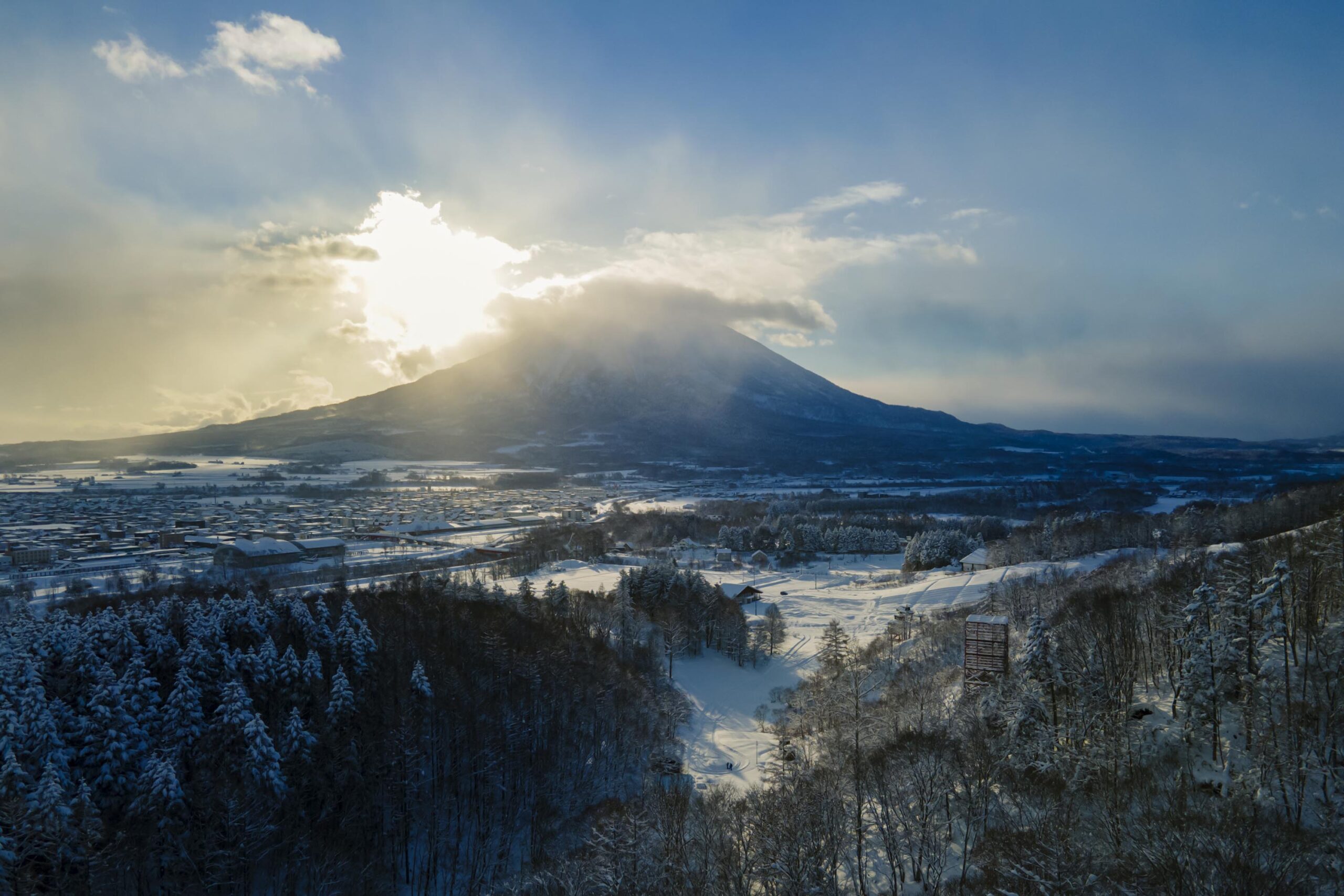
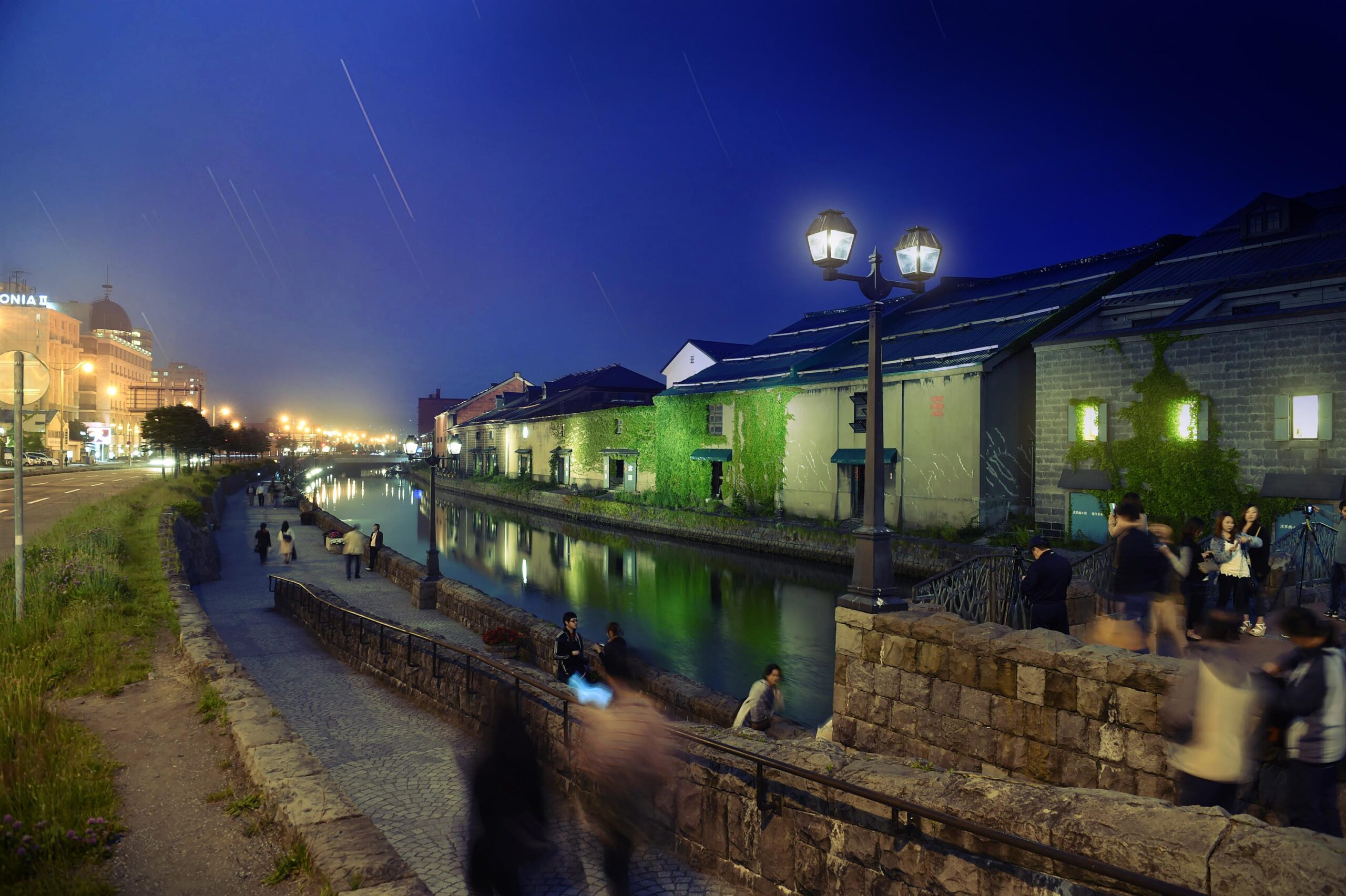
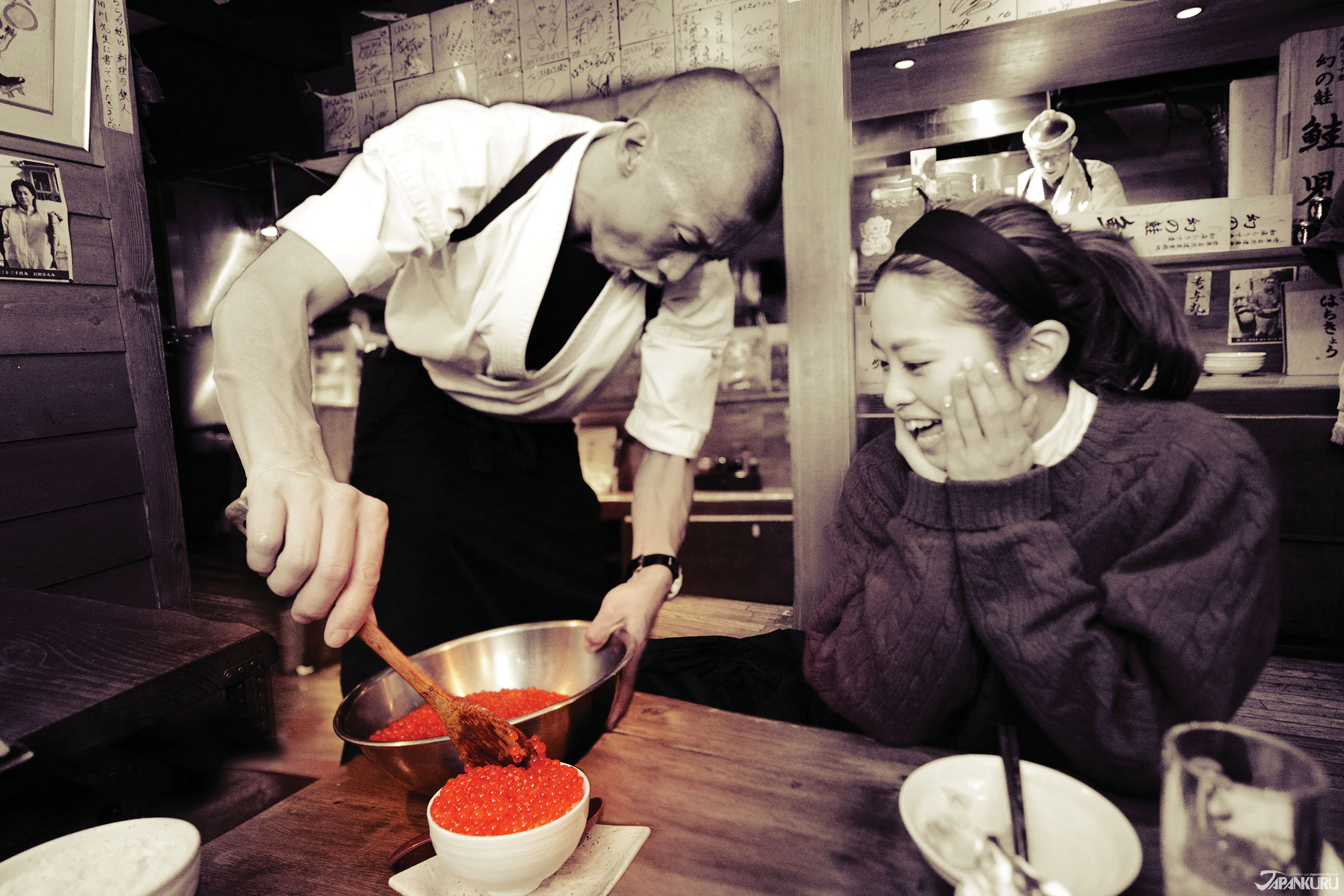
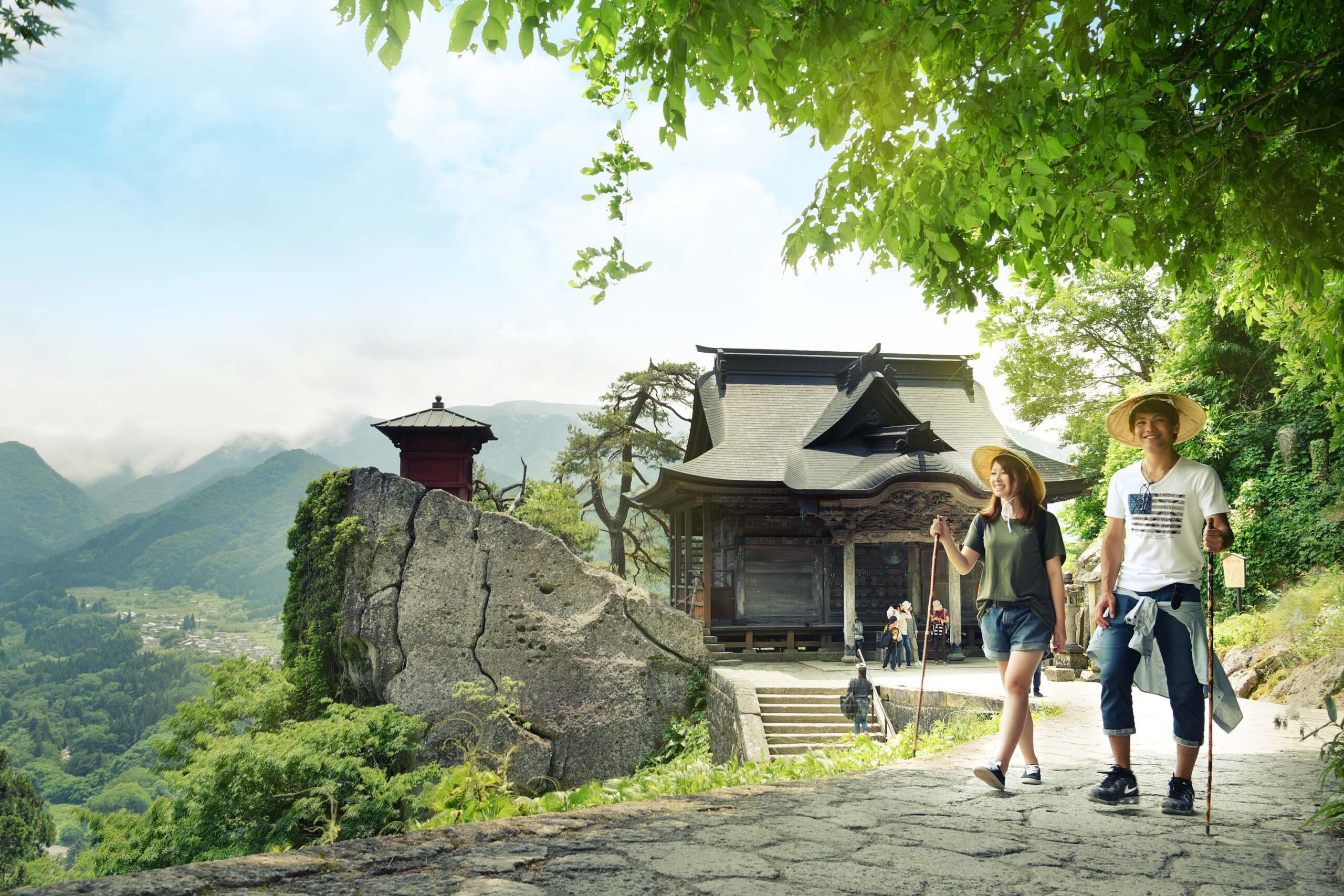
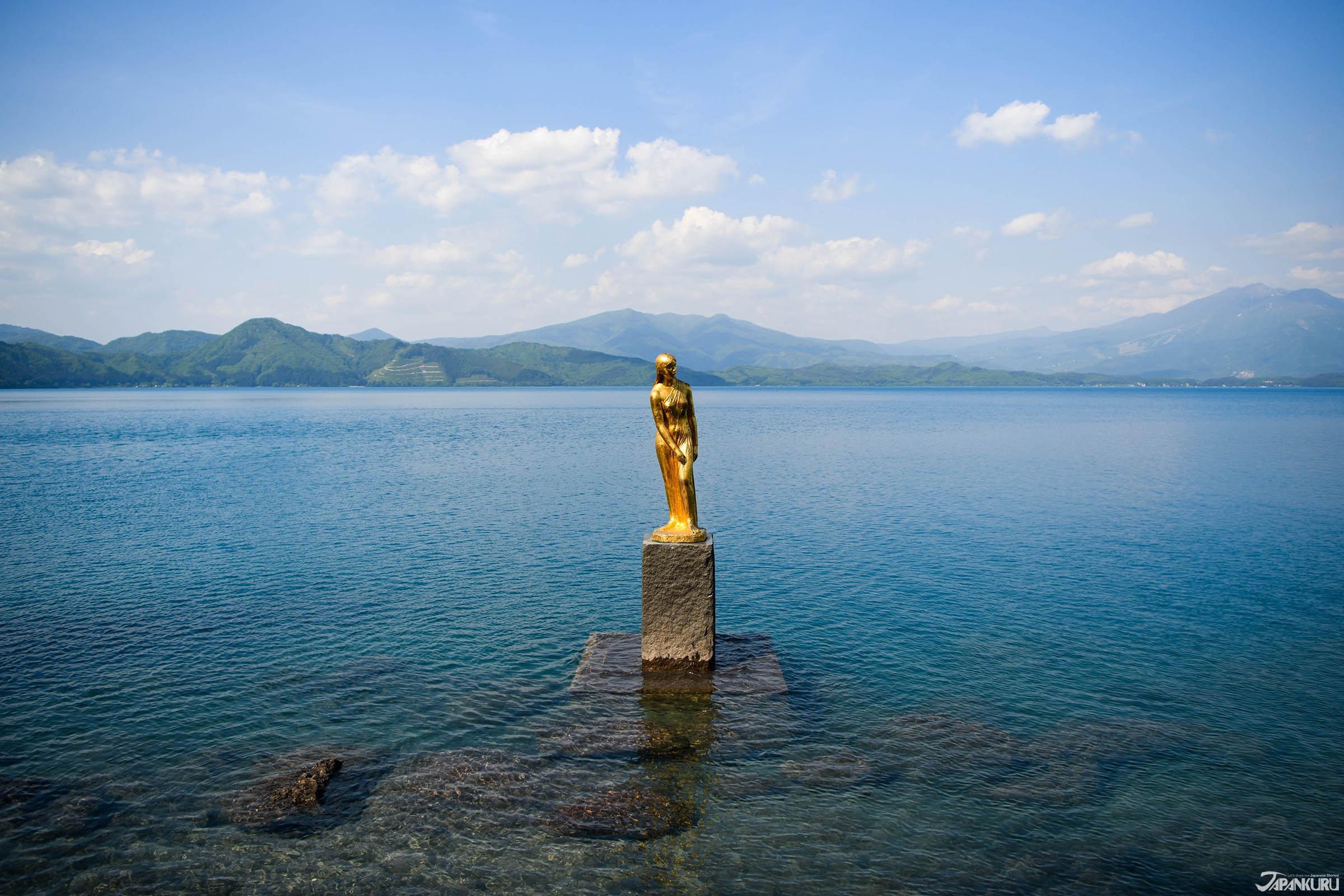

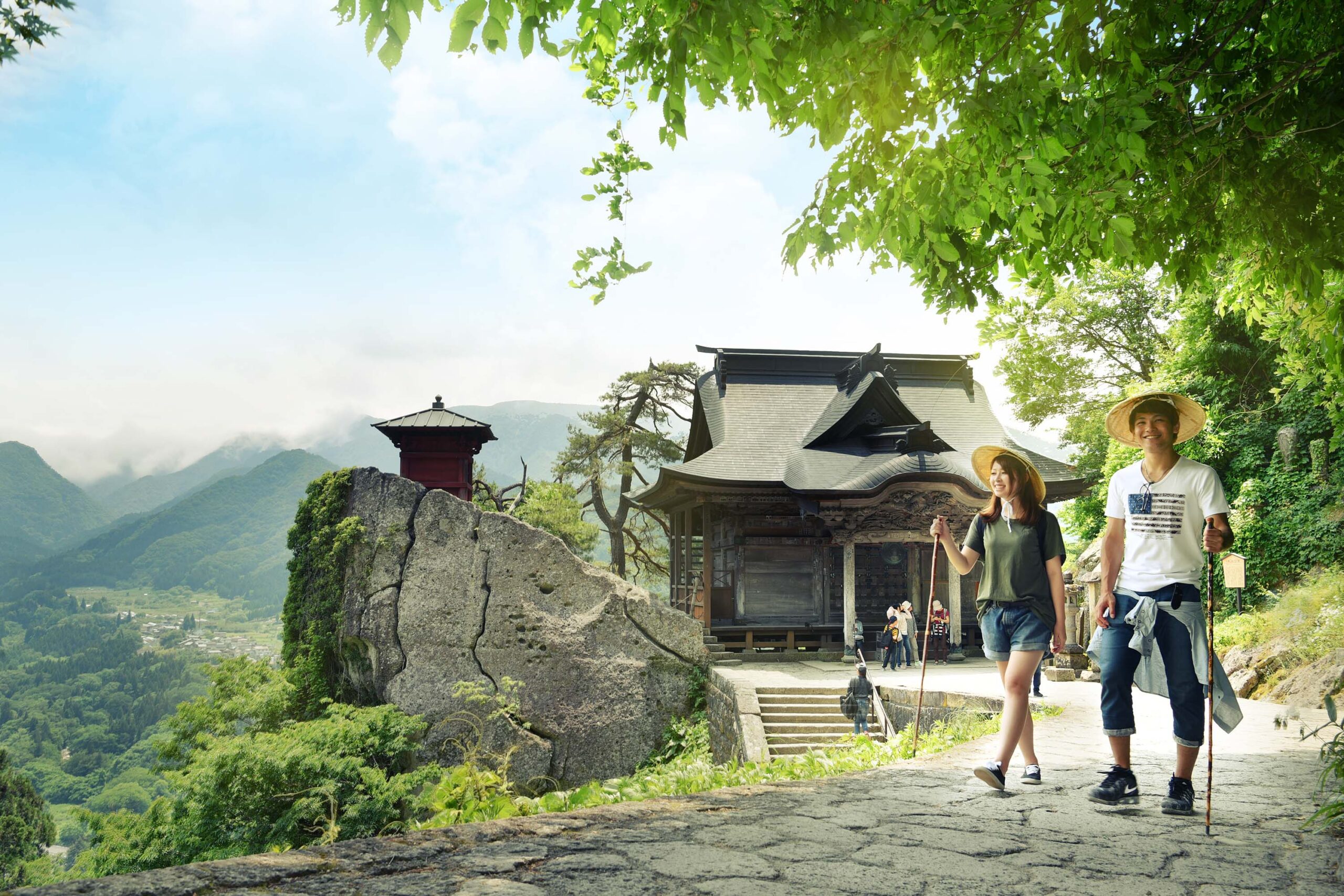
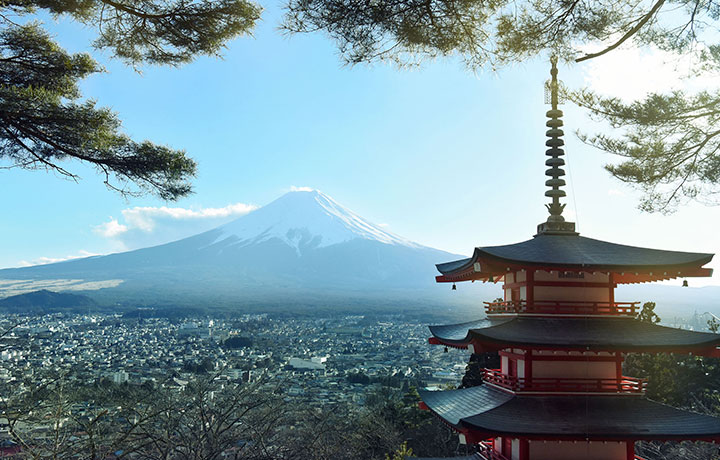
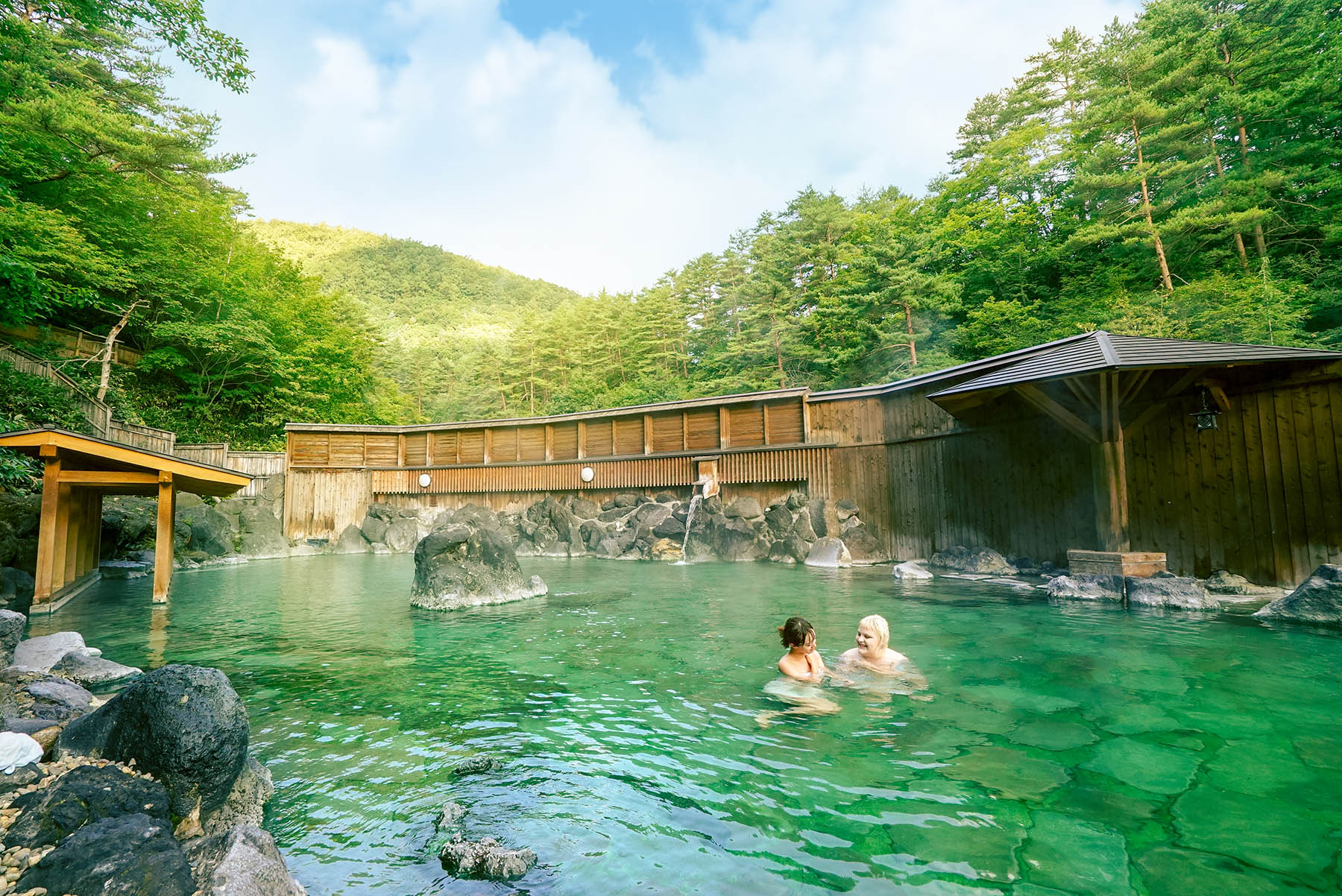

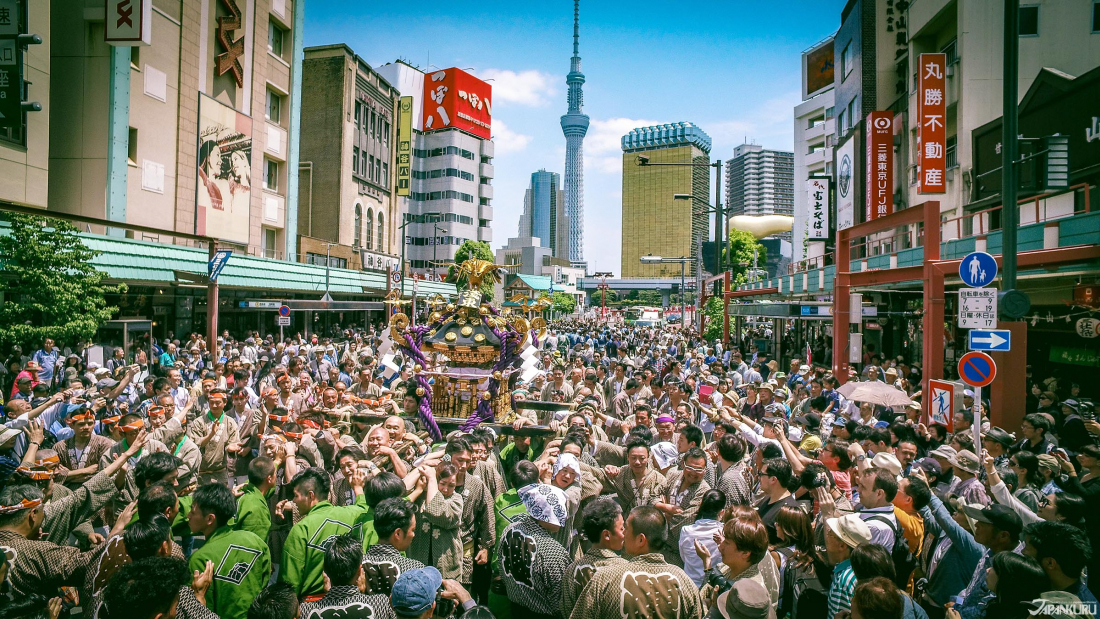
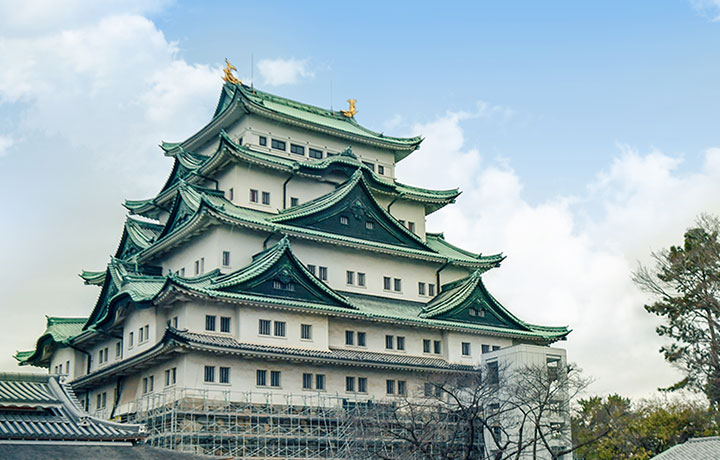
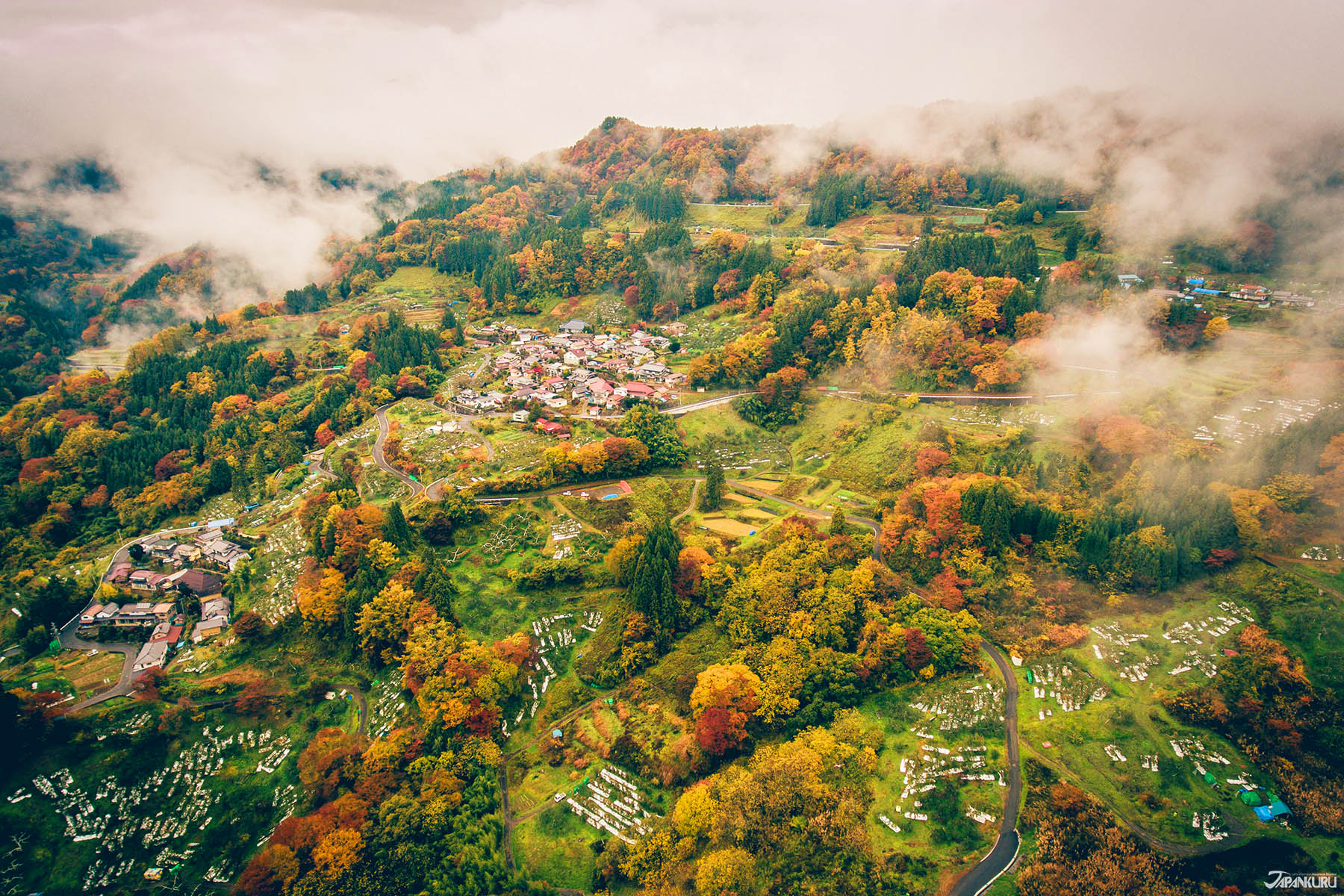
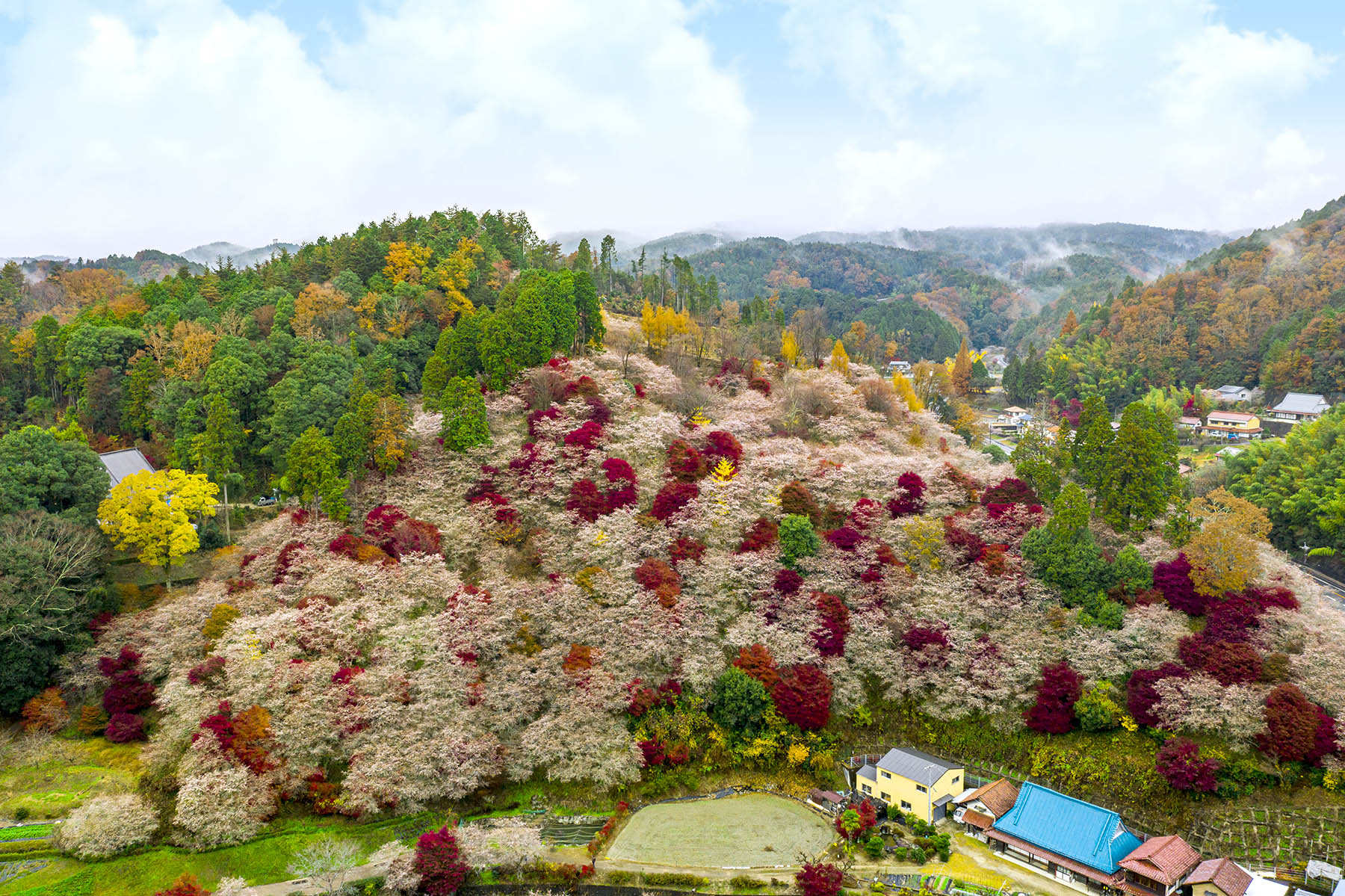
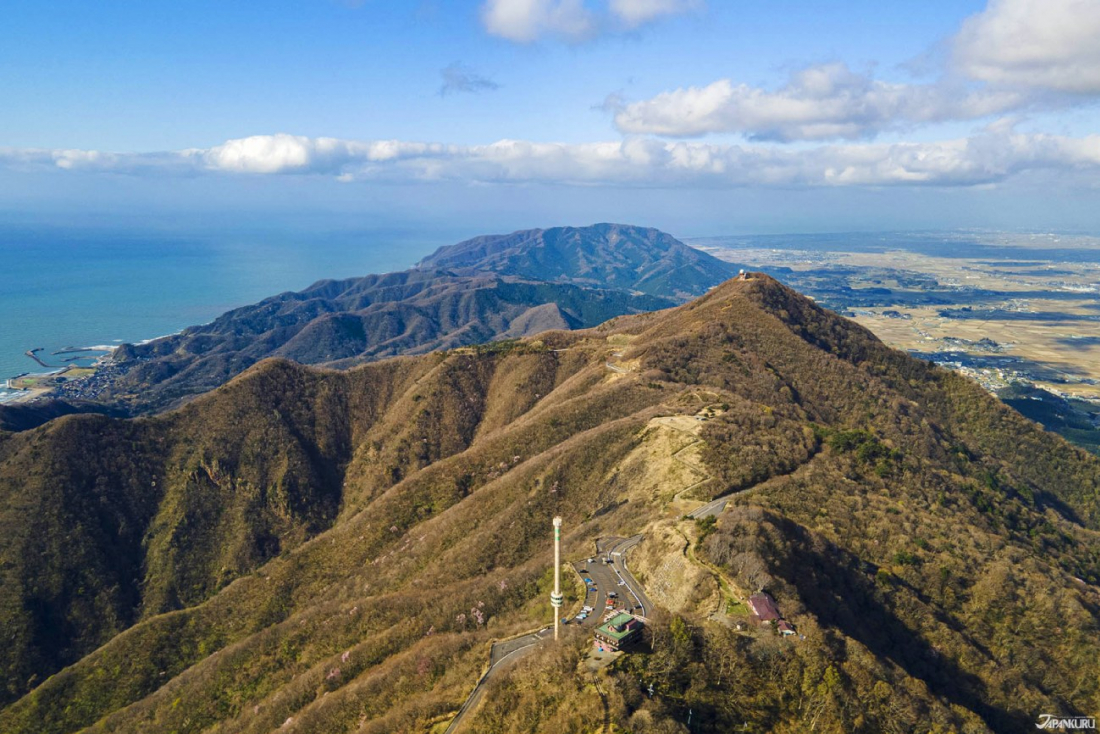
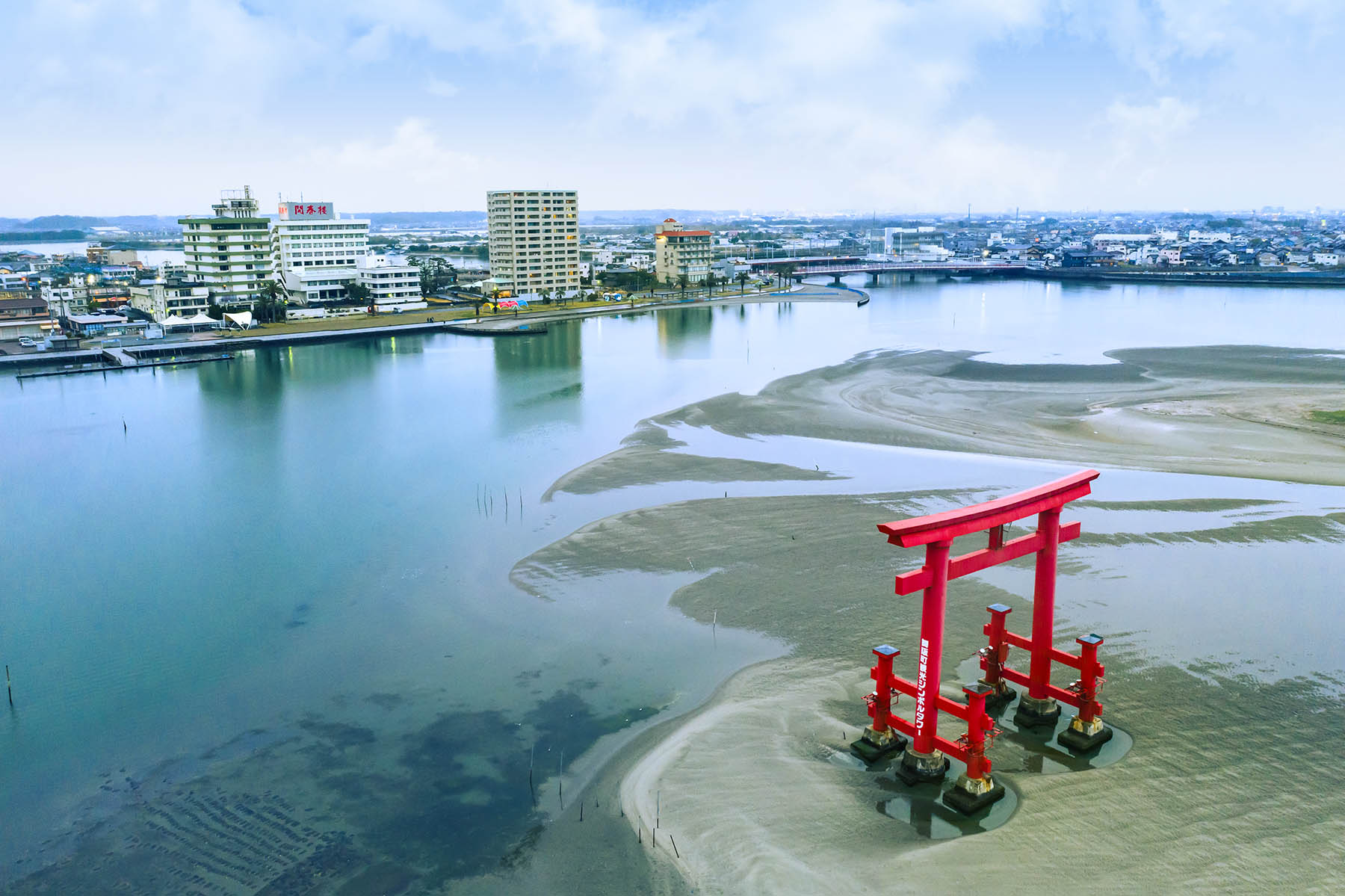
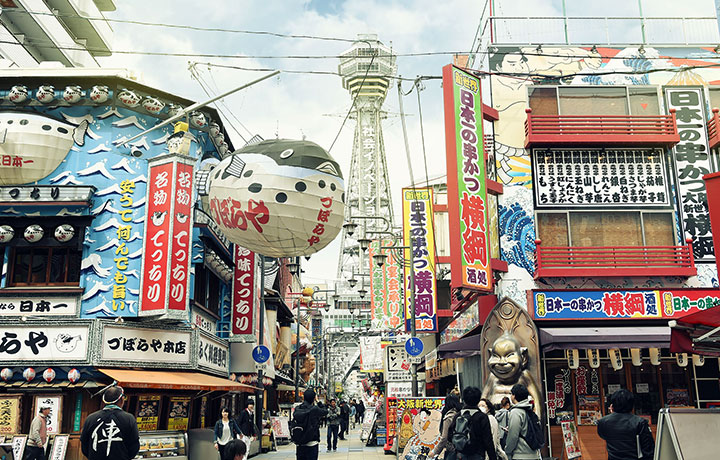

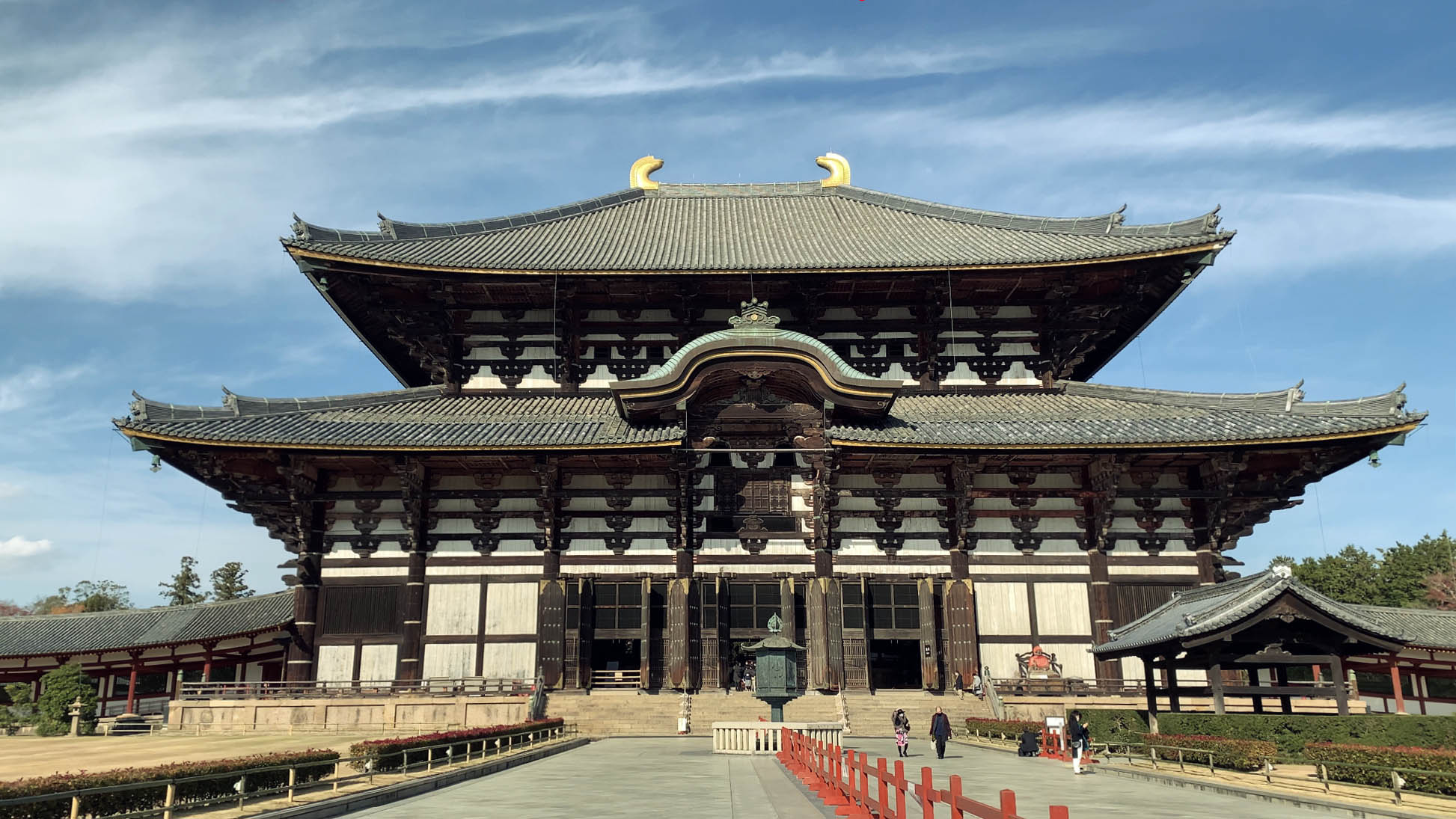
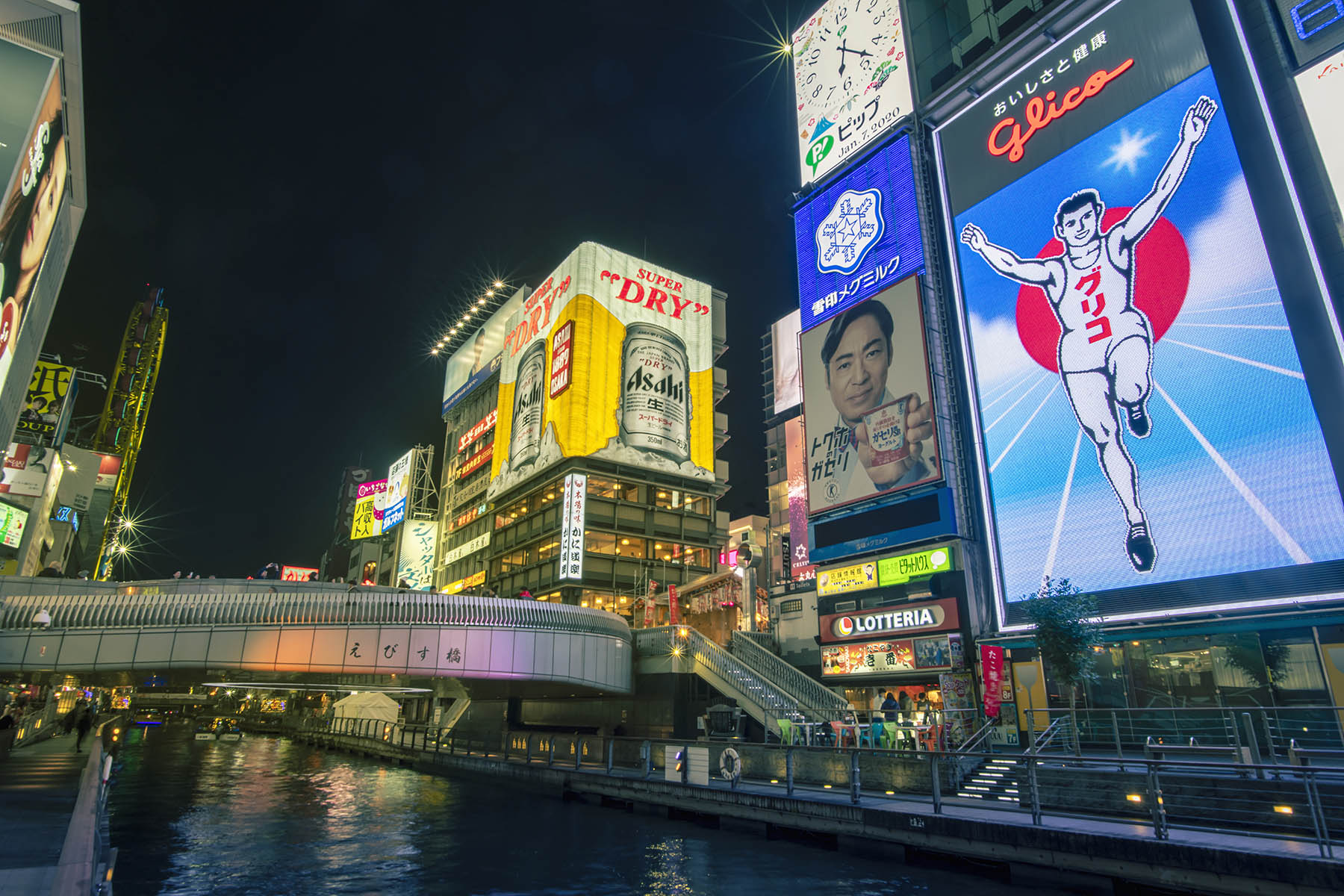
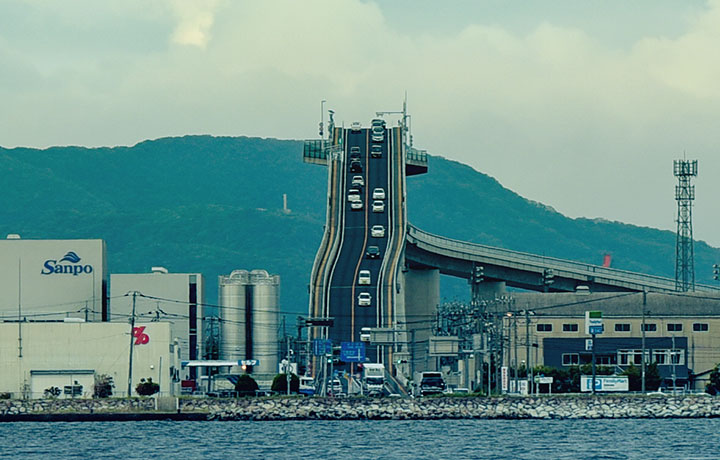
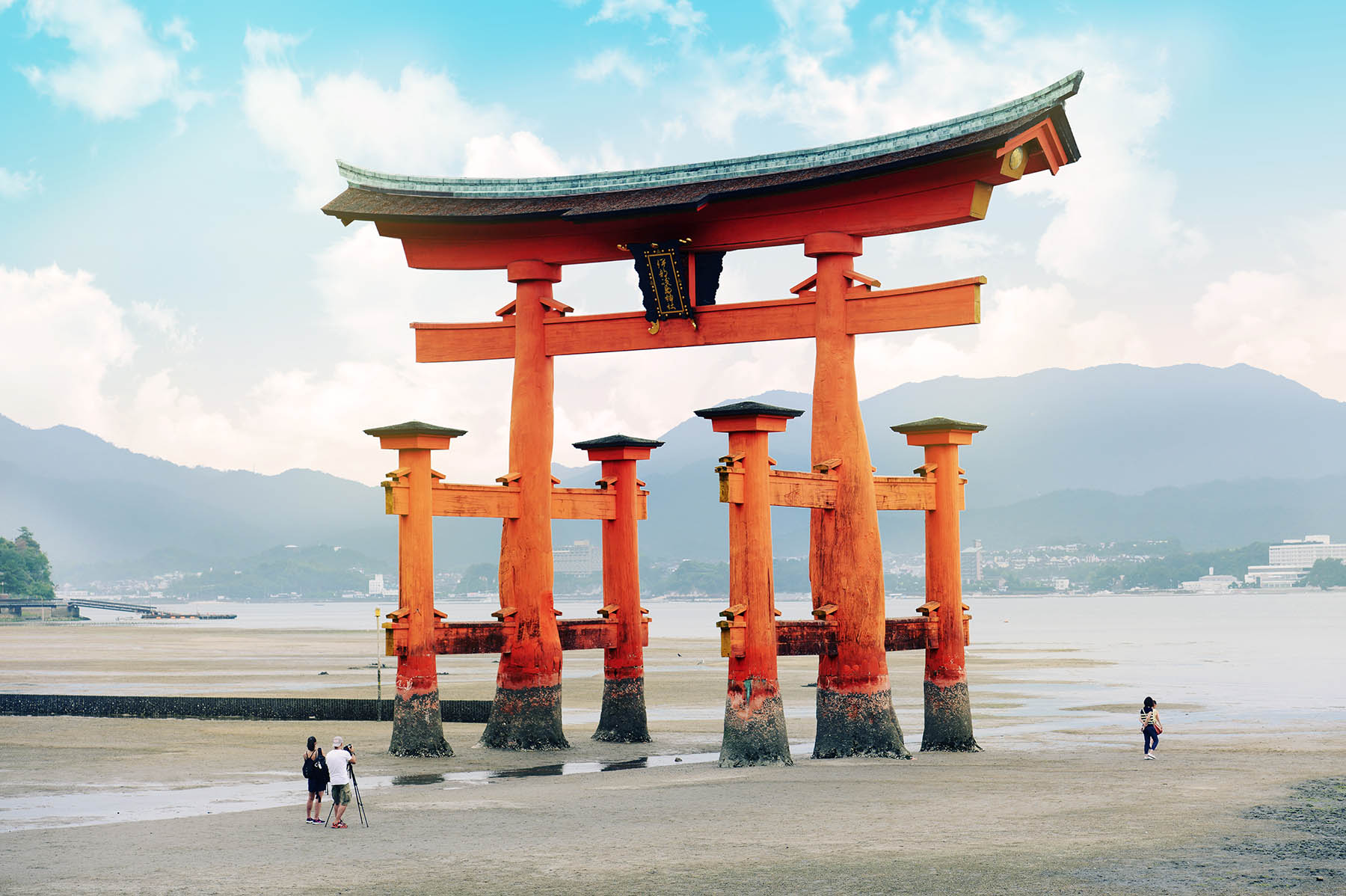
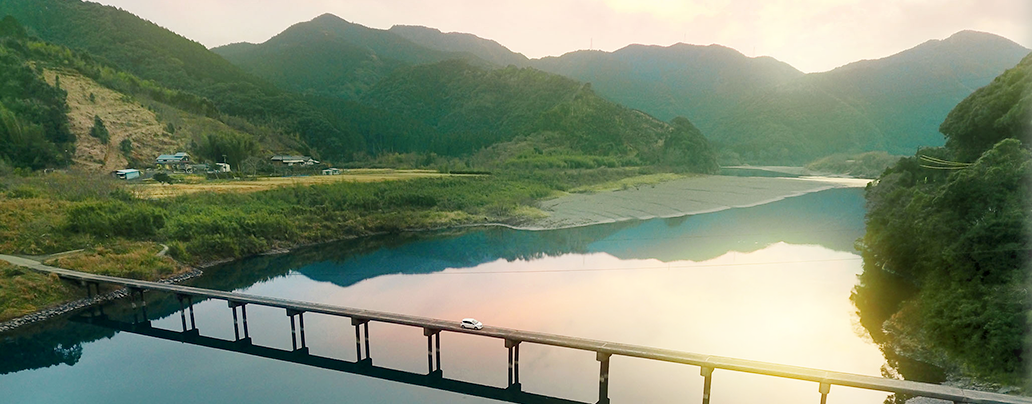
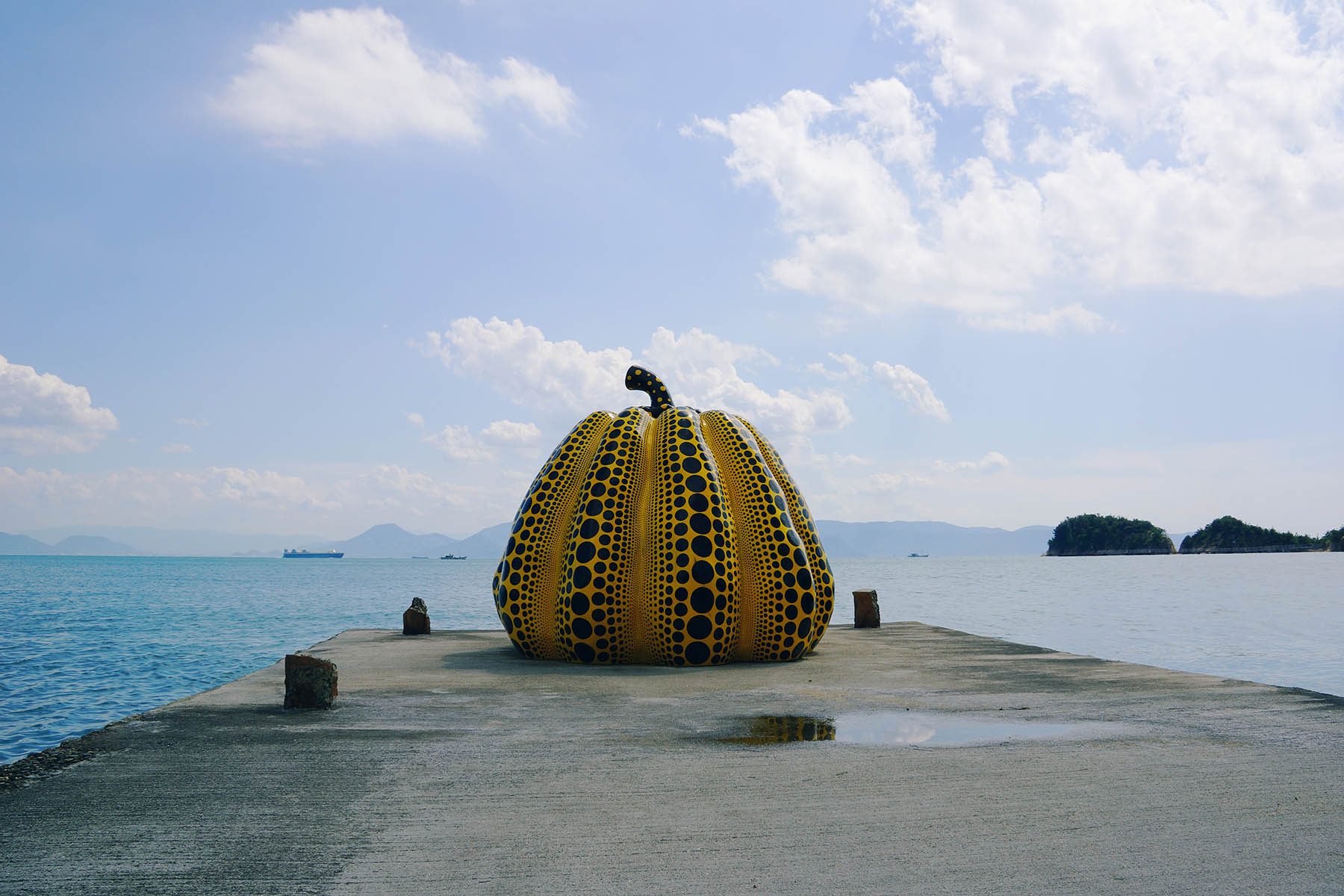
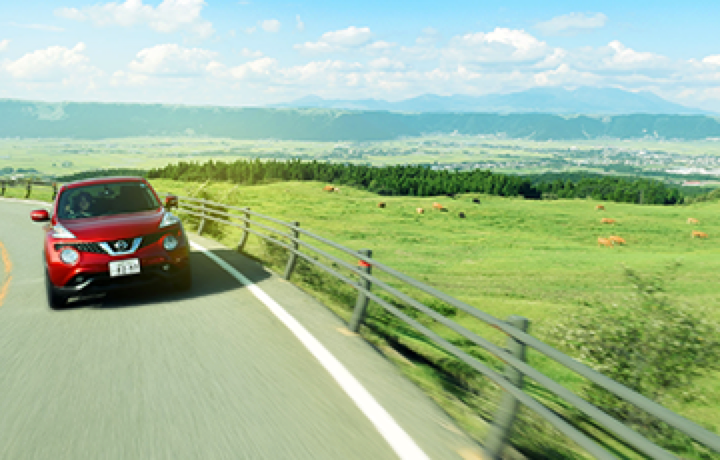
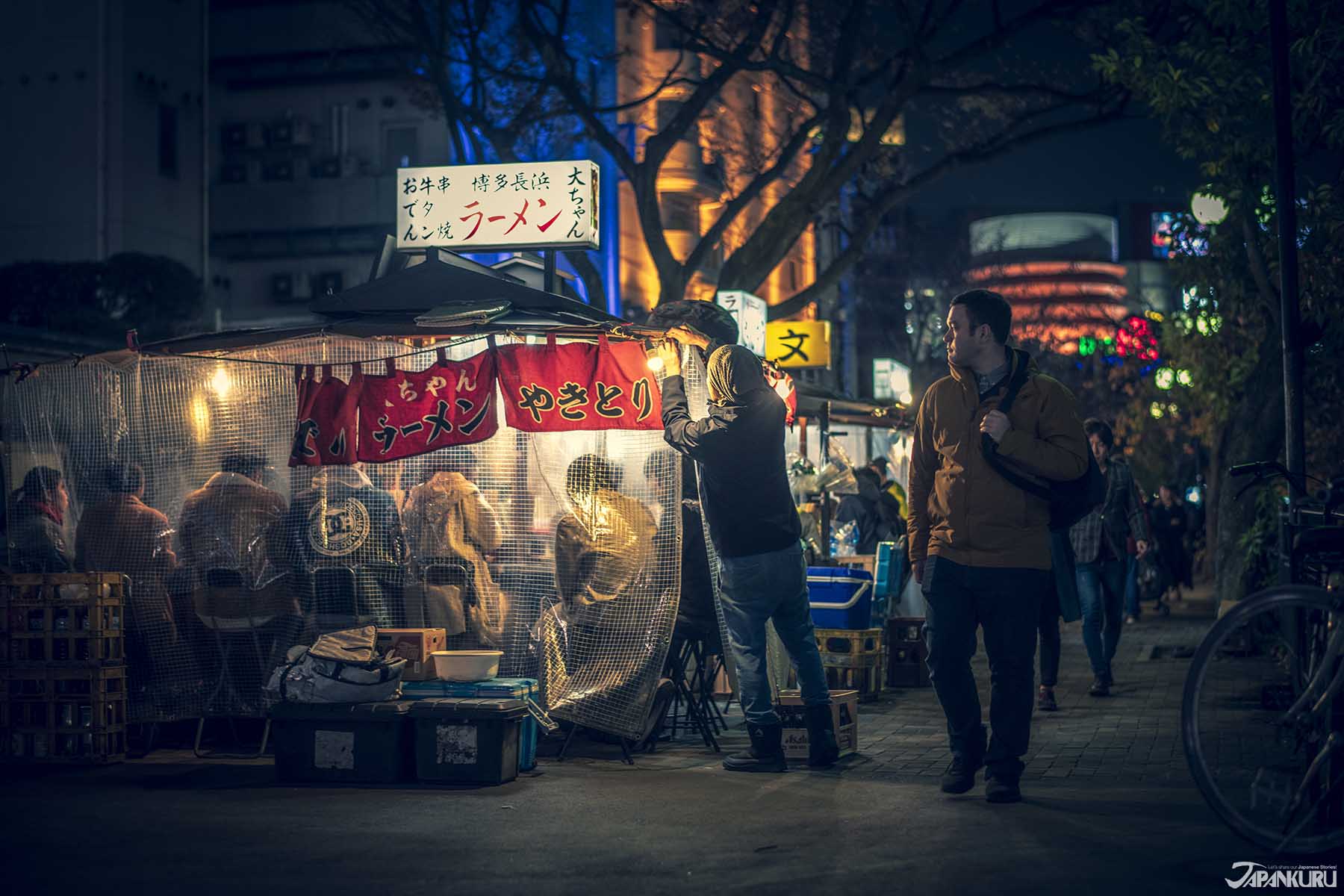
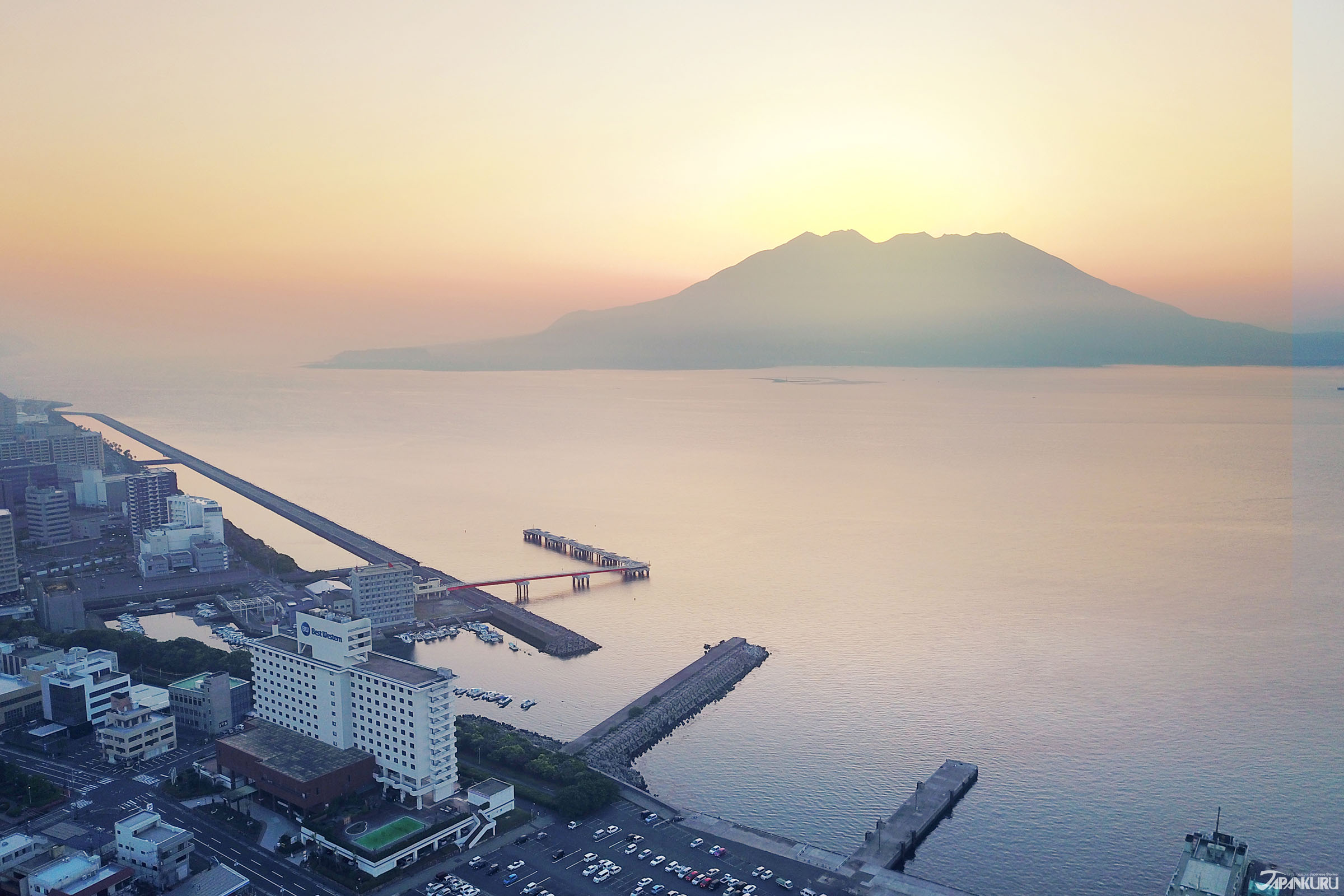
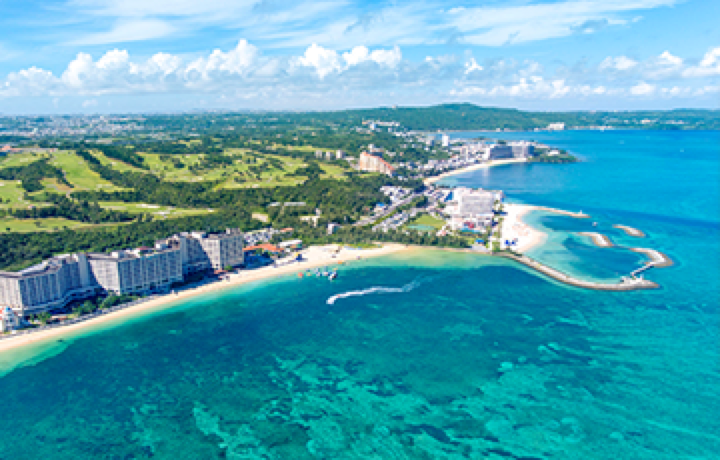
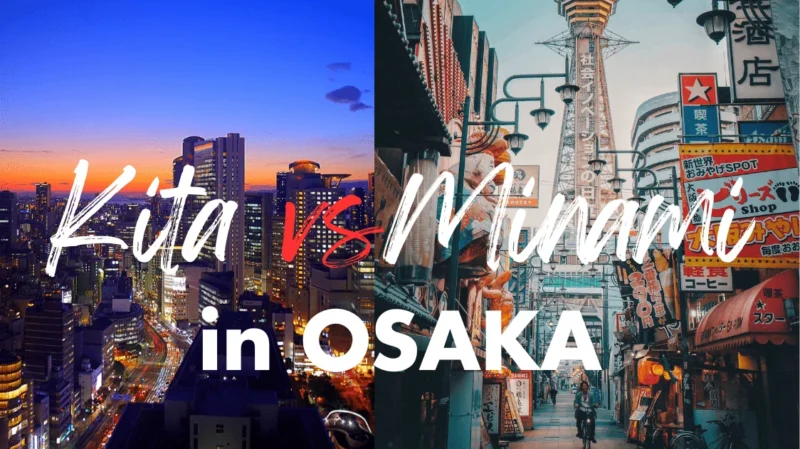



 Oita Hello Kitty Airport
Oita Hello Kitty Airport  Lands April 13th
Lands April 13th

